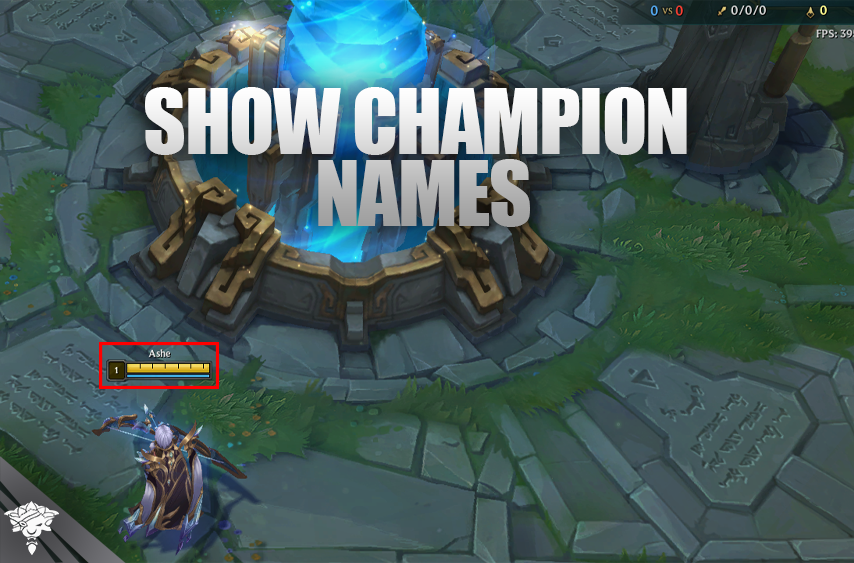Since League of Legends’ launch, players have had unique summoner names that identified them in-game. But with the introduction of LoL Riot IDs, players can now display all sorts of names, as long as they append a unique hashtag. This shift can make it confusing when whimsical or non-unique names replace informative LoL summoner names. Fortunately, there is a simple setting in League that allows you to display champion names Instead of Summoner Names right in the game.
In this quick how-to guide, I'll walk you through the simple steps to enable champion name display in your League of Legends matches. Whether you're a new player still learning all the champions or a veteran looking to quicken your reaction time, displaying champion names instead of Riot IDs can be a game-changer.
Also Read: LoL Prime Gaming Capsule Date (February 2024)
What Are LoL RIOT IDs?
Riot IDs are the universal identification system used across all Riot games, including League of Legends. Introduced in 2023, Riot IDs replaced the old summoner name system in League of Legends.
A LoL Riot ID consists of two parts - a Game Name and a tagline. The Game Name can be 3-16 characters long and does not have to be unique. The tagline is 3-5 characters long and cannot contain region codes like NA or EUW.
The main benefit of Riot IDs is that they are universal across all Riot games. This means you can have the same identifier in League of Legends, Valorant, Legends of Runeterra, and any future Riot titles. Riot IDs also allow more personalization with the ability to choose any non-offensive Game Name.
However, the shift away from unique LoL summoner names has made identifying the players during League of Legends matches more difficult. Since Riot IDs can use any fun name, you can no longer rely on summoner names to know who is playing which champion.
To address this, Riot introduced the option to display champion names Instead of Riot IDs in-game. By enabling the champion name display, you can easily see which champs are being played.
Also Read: League of Legends Your Shop: LoL Next Your Shop Date (2024)
How to Display Champion Names Instead of RIOT ID In-Game
Displaying champion names Instead of Riot IDs in-game can help you quickly help you. The process only takes a moment through the in-game settings menu:
First, head into the in-game settings while in any matchmade game mode like Summoner's Rift.
Next, select the "Interface" tab along the left side of the settings menu.
Scroll down through the various interface options until you find the "Health and Resources" section.
Under "Health and Resources", click on the dropdown box for "Show Names Above Healthbar".
Finally, select your preferred option from: None, Champion Name, or LoL Summoner Names. Champion Name will display each champion's name Instead of the Riot IDs in-game.
And that's it! Once you save your settings changes, you'll immediately see champion names instead of Riot IDs above each player's health bar when spawning into a match.
Also Read: League of Legends Red Border: How to Fix it?
Conclusion
To sum up, displaying champion names Instead of Riot IDs is a simple setting in League of Legends. By following the quick steps to enable champion name display, you'll spend less time tabbing and more time focusing on the match at hand. Enable this handy option and see your game awareness improve starting from your very next League game.
Finished reading? Check out our LoL Boosting service. We also offer a wide selection of high-quality League of Legends accounts. With our premium Smurf accounts, you can jump into the game with an advantage, skipping the grind and unlocking new opportunities.

